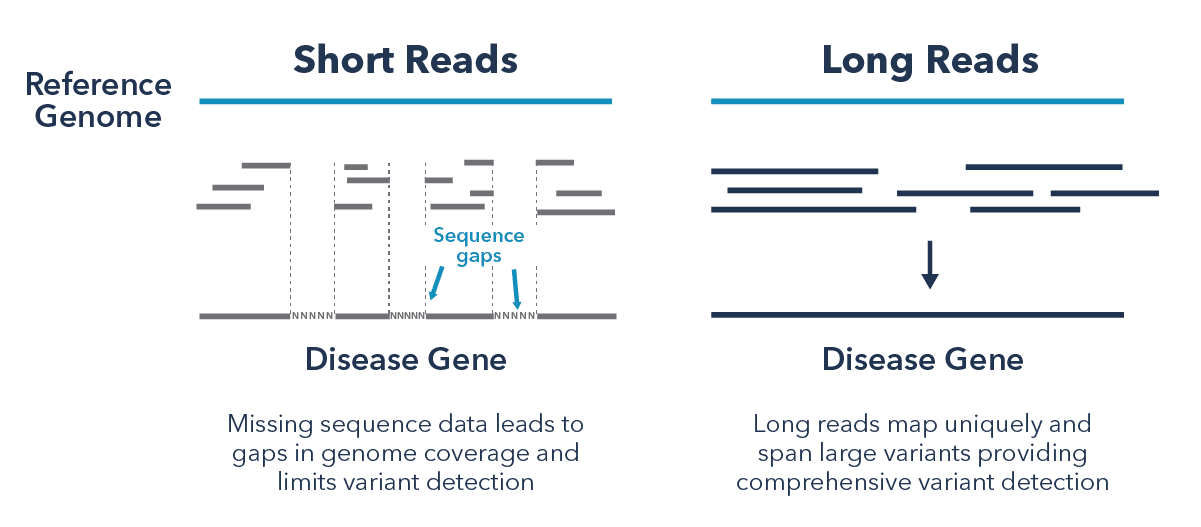
If you know someone affected by a rare disease, next week marks an important day for awareness and education in the rare disease community. Anyone can be affected by rare diseases, regardless of their age or ethnicity, and they often cause severe and debilitating effects on health and overall quality of life. But despite the challenges, there is hope! Every day, researchers are working tirelessly to better understand these diseases and find treatments that can improve the lives of those affected.
Rare disease researchers are making exciting breakthroughs in understanding rare diseases, and the results of their research can provide insights into the underlying genetic and biological mechanisms of disease. Ongoing research on rare diseases can also help to improve the accuracy of diagnosis and increase access to genetic testing, which can help individuals with rare diseases and their families better understand and manage their conditions. And, studying rare diseases can help to identify new drug targets and biomarkers that can be used in the development of new therapies for both rare and common diseases.
However, the research itself can be challenging due to limited data, lack of funding, difficulty recruiting participants, lack of awareness, and the fact that many rare diseases are caused by complex genetic mutations that can be difficult to understand. To identify the genetic causes of rare diseases, researchers commonly use whole-genome or exome sequencing. Whole-genome sequencing involves sequencing the entire DNA sequence of an individual, while exome sequencing focuses on the protein-coding regions of the genome. Long-read sequencing technologies, particularly HiFi sequencing, have revolutionized the way rare disease genes are analyzed, and have provided researchers with a new set of tools to help study disease-causing variants.
Long-read sequencing has numerous advantages over traditional short-read sequencing, which enables researchers to better study genetic disorders. One of the main benefits is its ability to identify tandem repeats, which are regions of the genome that consist of repeated sequences of DNA. Accurate identification of these regions is crucial for understanding the genetic basis of these diseases. In a publication from 2021, researchers investigated the role of tandem repeats in human disorders. They found that repeat expansions are likely a vast, unexplored reservoir of pathogenic variations. Short-read sequencing typically has difficulty accurately calling genotypes of polymorphic alleles composed of multiple copies of the same repeats. However, the authors note that PacBio long-read sequencing allows researchers to detect tandem repeat expansions more accurately, thus providing a clearer understanding of their role in genetic disorders.
Moreover, long-read sequencing can provide complete and accurate characterization of genomic regions of interest that are difficult to sequence or map. A more recent preprint highlights HiFi sequencing’s ability to provide better resolution of 386 medically relevant genes that are considered challenging to map or sequence in comparison to short-read sequencing. Even at 8-9x depth, the authors were able to resolve most of these genes using HiFi sequencing. In comparison with 30x short-read WGS on the same samples, they commented “For these 386 genes, we observed that the variant calling capability of Illumina seems to be highly impacted”.

In another recent study by the Genomic Answers for Kids program, HiFi sequencing was used alongside other technologies to conduct a comprehensive assessment and candidate analyses in a pediatric rare disease cohort. The study showed that incorporating structural variants (SVs) from genome sequencing added up to 13% new explanations in previously unexplained cases. Furthermore, it showed that HiFi sequencing yielded a much higher discovery rate compared to short-read sequencing, with more than 4-fold more rare coding SVs revealed. These results highlight the importance of using highly accurate genomic technologies like HiFi sequencing to fully understand the potential underlying genetic causes of rare diseases.
Despite the challenges of studying rare diseases, researchers continue to make significant progress. With long-read sequencing technology, researchers have an exciting and innovative path towards a more complete understanding of complex genetic mutations that are challenging to identify and understand.
Interested in learning more about how rare disease research is done? Want to hear how someone in the field is using PacBio sequencing on a day-to-day basis? Stay tuned for our next post featuring an interview with researcher who is studying genetic hearing loss so that you can experience how this research unfolds in real life.